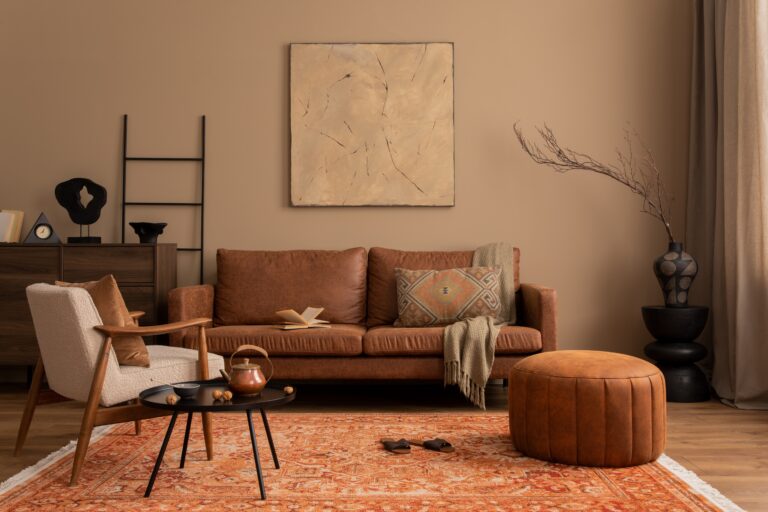VOCs, (volatile organic compounds) which release toxins into the air, are found in many types of paint. Volatile refers to quick evaporation at room temperature, and organic indicates the compounds contain carbon, which reacts with air to create ozone, according to the American Coatings Association. That means VOC emissions can be bad for the environment and harmful to your health.
What are VOC’s in Paint?
Many paint manufacturers use VOCs in their paint products to help the paint adhere to, and bond with, your home’s interior walls or other surfaces. While these VOC compounds do help paint last longer, there are alternative paints and protection steps, which can minimize your exposure.
VOC Hazards
When you’re exposed to VOC emissions while painting, or when you’re near an area where painting is being done, you may suffer unpleasant symptoms. Breathing in VOCs can cause headaches, nausea, or dizziness, especially if the painter (or people nearby) don’t have adequate ventilation.
VOCs typically evaporate quickly after paint is applied but can continue off-gassing (emitting) toxic VOCs well into the future. This affects all the home’s occupants and visitors. This reduces your indoor air quality (IAQ) for a long time to come.

Other Toxic Paint Ingredients
Biocides and fungicides in paint are also toxic to humans and the environment. Biocides are preservatives that lengthen the shelf-life of paint. Fungicides are anti-mold/mildew agents. Chemical pigments (to add color) are also typically toxic. So, look for natural pigments in the ingredient list of your chosen paint.
Find eco-friendly paint options by looking for green certification seals.
Understanding the Properties of Low VOC and VOC-Free Paint
Low or no-VOC paint may have a difference in consistency vs. traditional paint, making it more challenging to apply–and prices are often higher. The paint industry realizes how important healthier paints are to their customers, however, so they have created many low-VOC options that are very comparable in performance to traditional paints.
Some low-VOC paint options include:
- Natural paints typically contain citrus and/or balsam, with no petroleum, biocides, or fungicides. They may have plant-based VOCs, however. These paints can stand up to challenging conditions like bathroom walls.
- Milk paints contain casein (milk protein) and lime. When used on wood, they may allow the grain to show, for a pleasing effect slightly different from traditional paint.
- Latex paint is available with low biocides and low, plant-based VOCs.
What are Low VOC Levels?
Low-VOC paint contains less than 50 grams per liter of VOCs and is available for interior walls. Even better, choose VOC-free options, (also called no-VOC or zero-VOC), which may still have up to 5 grams per liter, although limits vary from state to state. Exterior paints all have biocides but pick a paint with zinc oxide as its fungicide for lower toxicity.
If you have more questions about VOC in paint, we can help. For the highest quality painting and a quick, safe, and properly managed painting project, contact Van Isle Paint in Victoria, BC.
Sincerely,
Van Isle Paint
Victoria, BC, and Beyond
(250) 412-3885
For further insights and informative content from Van Isle Paint, please visit our blog: https://vanislepaint.com/blog/



